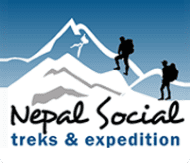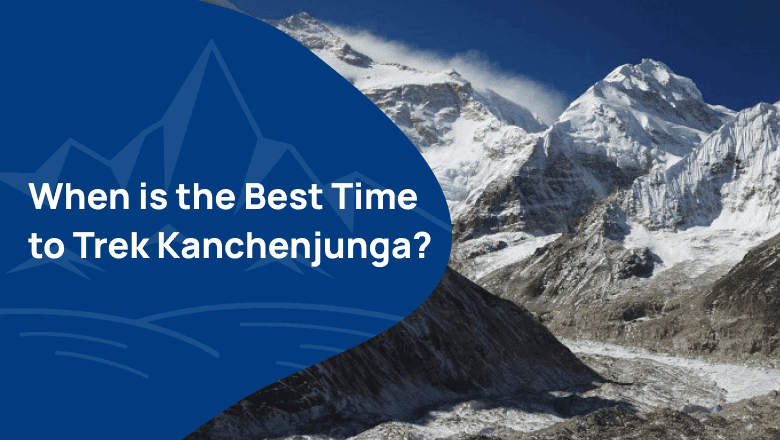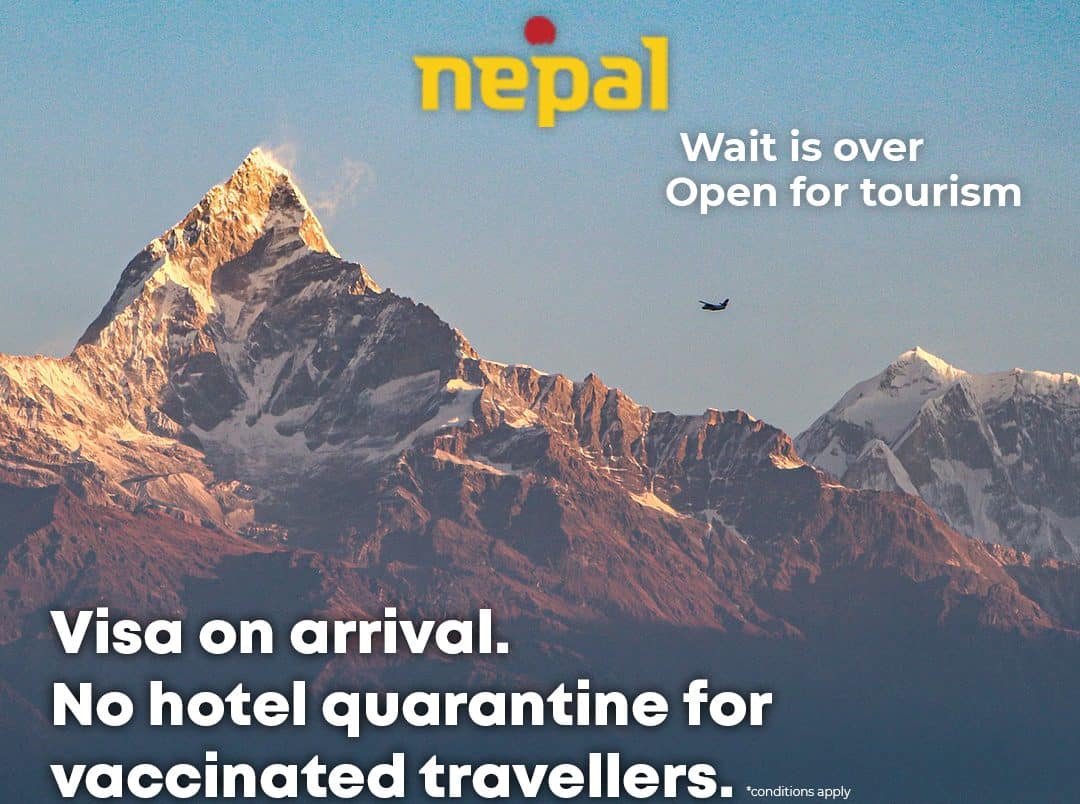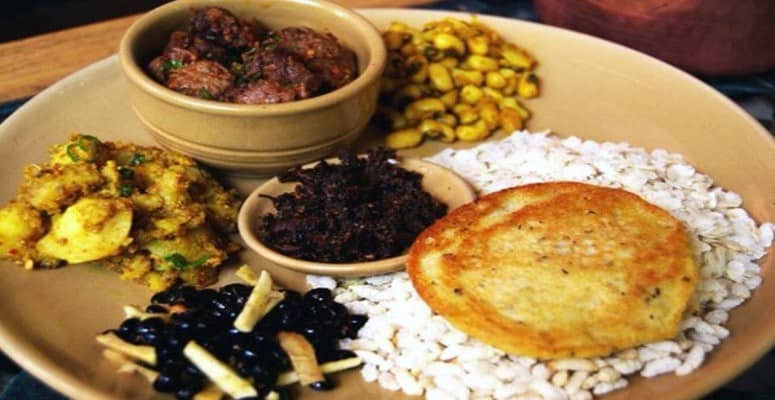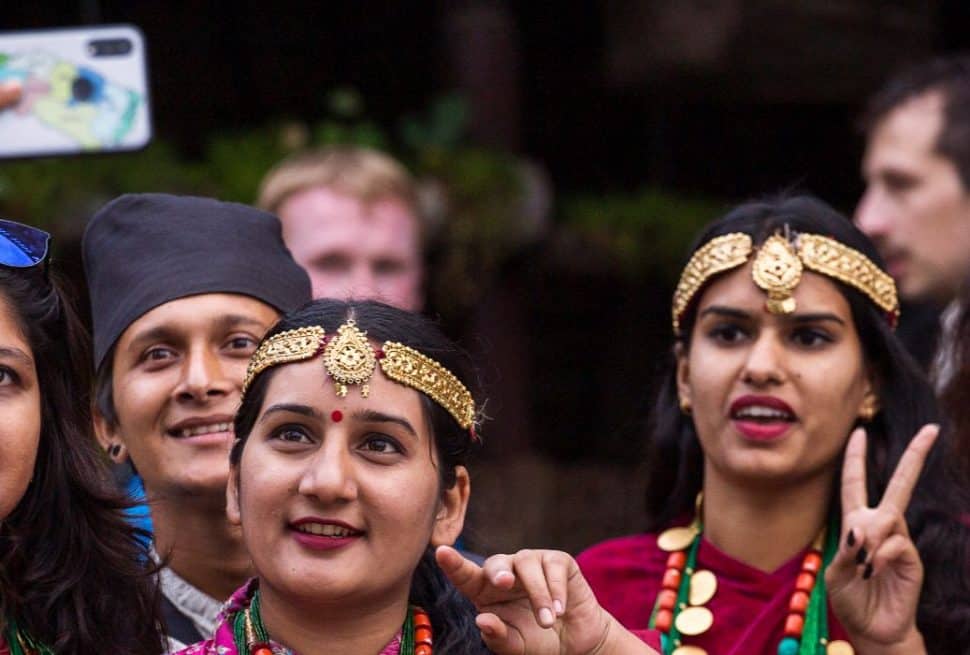Kanchenjunga, the world’s third-highest peak in the stunning Himalayas, is a dream destination for nature lovers and adventure seekers. But before you set off on this incredible journey, you must know this: When is the best time to trek to Kanchenjunga?
Throughout the year, the region experiences different seasons, each with its own pros and cons for trekkers. The timing of your trip plays a vital role in determining the overall trekking experience, from weather conditions and visibility to accessibility and cultural encounters.
In this article, we’ll explore various trekking seasons in Kanchenjunga, explaining what makes each one special. Whether you love snowy winters or blooming springs, understanding the seasons will help you plan an unforgettable adventure.
Let’s uncover the secrets of Kanchenjunga and find the perfect time to trek, where you can connect with nature and immerse yourself in the Himalayan culture.
Contents
- The Magic of Spring and Autumn
- The Challenges of Monsoon and Winter
- Weather and Climate of Kanchenjunga Region
- Timing is Everything
- FAQS
- What are the transportation options available to reach the starting point of the Kanchenjunga trek?
- What are the emergency procedures in case of altitude sickness or other medical emergency?
- What are the common health risks associated with trekking to Kanchenjunga?
- Get in Touch with Our Trekking Experts Today
Do you have any question about trip to Nepal?
Tell us about your trip to Nepal and what you expect from it. We will answer your questions in 24 hours and help you design a trip with a comfortable itinerary to meet your needs best.
The Magic of Spring and Autumn
Spring: A Season of Blooms and Clear Skies
Spring, from March to May, is one of the most magical seasons to trek to Kanchenjunga.
As the winter snow melts away, the region transforms into a vibrant landscape adorned with lush greenery and colorful wildflowers. The weather during this time is generally stable, with milder temperatures and clear skies, providing excellent visibility of the surrounding peaks and landscapes.
It’s the perfect time to witness the natural beauty of Kanchenjunga at its finest.
| Month | Temperature (°C) | Precipitation (mm) | Weather Conditions |
| March | 2 to 13 | 50 to 100 | Mild and dry |
| April | 6 to 16 | 100 to 150 | Mild and dry |
| May | 9 to 18 | 150 to 200 | Warm and dry |
The season also invites vibrant festivals and rituals, adding a touch of charm to your journey. If you trek during this season, you can set some time apart and enjoy the festivities in Nepal. To name some:
- Tiji: This is a three-day masked dance festival celebrated by the Sherpa people. The festival is believed to ward off evil spirits and bring good luck.
- Dumji: This is a festival celebrated by the Gurung community. The festival is a time to honor the Gurung ancestors and to celebrate the arrival of spring.
- Ghode Jatra: A Kathmandu-specific festival where the Nepal Army performs horse races at the parade ground (Tundikhel) to ward off the demon Gurumapa.
- Maha Shivaratri: Particularly lively at Kathmandu’s Pashupatinath Temple, where thousands of sadhus (Hindu holy men) gather to worship Lord Shiva.
- Holi: The festival of spring, where water and coloured powders are thrown around in celebration.
Autumn: A Season of Clear Views and Colorful Leaves
Autumn, from September to November is another excellent time for the Kanchenjunga trek.
After the monsoon, the weather becomes more stable, offering clear skies and stunning panoramic views of the surrounding peaks. The daytime temperatures are pleasant, and the nights are cooler, making trekking comfortable and enjoyable.
In addition, autumn transforms the landscape with a magical display of colors. The forests and hillsides come alive with red, orange, and gold leaves, creating a photographer’s paradise and a soulful experience for trekkers.
| Month | Temperature (°C) | Precipitation (mm) | Weather Conditions |
| September | 11 to 19 | 200 to 250 | Mild and wet (monsoon season) |
| October | 6 to 16 | 150 to 200 | Mild and dry |
| November | 1 to 11 | 50 to 100 | Cold and dry |
If you decide to trek to Kanchenjunga during this season, you can encounter the following events/festivals:
- Yartung: This is a four-day festival celebrated by the Tamang people. The festival is a celebration of the harvest and features traditional dances, music, and food.
- Dashain: One of the biggest and most important festivals celebrated by the Hindus of Nepal for 15 days.
- Tihar: Tihar, also known as Deepawali, is another biggest festival for Hindus after Dashain
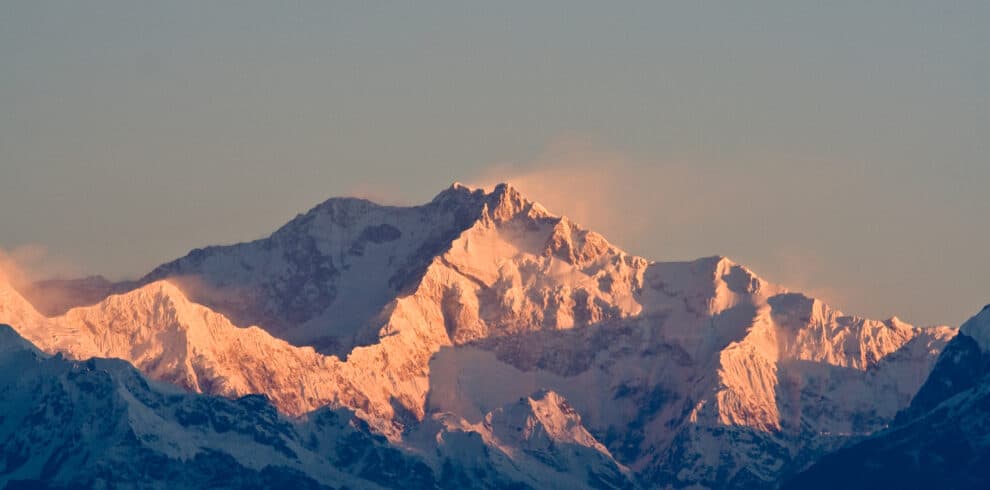
Kanchenjunga Circuit Trek is a thrilling trek that takes you far into the Eastern side of Nepal. You will come face to face with the third highest peak in the world, during this tough but immensely rewarding trek. You will get a mesmerizing greeting from snowy peaks like Kabru, Rathong, Jannu Himal as well as the Yalung Glacier. From the first day itself, the lush green forests and sprawling farmlands will welcome you on the trail. This trek is demanding and will challenge you with steep inclines, narrow trails, and off-beaten, rocky terrains. It is this challenge that makes…
The Challenges of Monsoon and Winter
Monsoon: A Season of Rain and Humidity
Monsoon, from June to August, brings with it heavy rainfall and humidity.
Heavy rainfall creates muddy and slippery trails, making navigation difficult, especially in steep sections. The risk of landslides and trail disruptions increases, requiring trekkers to stay updated on weather conditions and be prepared for possible diversions or delays.
Learn more about the actual difficulty level of Kanchenjunga Trek.
Additionally, Monsoon clouds may obscure the mountain views, limiting panoramic vistas and photo opportunities.
| Month | Temperature (°C) | Precipitation (mm) | Weather Conditions |
| June | 11 to 20 | 200 to 250 | Warm and wet (monsoon season) |
| July | 12 to 20 | 300 to 350 | Warm and wet (monsoon season) |
| August | 12 to 20 | 300 to 350 | Warm and wet (monsoon season) |
If you wish to trek to Kanchenjunga during this season, you can encounter the following events/festivals in Nepal:
- Janai Purnima/Rakshya Bandhan – Janai Purnima is a Hindu festival celebrated nationwide, with family get-togethers and feasts of Kwati or sprout lentils.
- Gai Jatra – In Kathmandu Valley, Gai Jatra is held to remember the death of loved ones.
Winter: A Season of Cold and Snow
Trekking to Kanchenjunga in winter, from December to February, is demanding and challenging.
The trails are extremely demanding in winter due to plummeting temperatures and heavy snowfall. Trekkers may encounter snowdrifts and icy patches, which can increase the risk of slips and falls.
Due to the harsh weather conditions, certain areas and passes may become inaccessible during winter. The limited availability of teahouses and lodges can also be a concern, making it essential for trekkers to carry appropriate gear and supplies for camping or staying in temporary shelters.
| Month | Temperature (°C) | Precipitation (mm) | Weather Conditions |
| December | -3 to 8 | 30 to 50 | Cold and dry |
| January | -5 to 7 | 30 to 50 | Cold and dry |
| February | -3 to 9 | 30 to 50 | Cold and dry |
However, you can encounter the following events/festivals in Nepal during this season:
- Losar: This is the Tibetan New Year, and it is celebrated by many people in the Kanchenjunga region. The festival is a time for feasting, dancing, and visiting with friends and family.
- Maghe Sankranti: During Maghe Sankranti, Nepalese culture is at its best. It’s called the ‘holy time of transition.
If you’re planning to go on the Kanchenjunga Base Camp Trek but want to know more about it first, we have a detailed Kanchenjunga Trekking guide that can help. It has all the information you need to know before you start your journey. Check it out and learn from our expertise to make your trip a success.
Weather and Climate of Kanchenjunga Region
Here is a breakdown of the weather conditions you may encounter throughout the year:
| Month | Temperature (°C) | Precipitation (mm) | Weather Conditions |
| January | -5 to 7 | 30 to 50 | Cold and dry |
| February | -3 to 9 | 30 to 50 | Cold and dry |
| March | 2 to 13 | 50 to 100 | Mild and dry |
| April | 6 to 16 | 100 to 150 | Mild and dry |
| May | 9 to 18 | 150 to 200 | Warm and dry |
| June | 11 to 20 | 200 to 250 | Warm and wet (monsoon) |
| July | 12 to 20 | 300 to 350 | Warm and wet (monsoon) |
| August | 12 to 20 | 300 to 350 | Warm and wet (monsoon) |
| September | 11 to 19 | 200 to 250 | Mild and wet (monsoon) |
| October | 6 to 16 | 150 to 200 | Mild and dry |
| November | 1 to 11 | 50 to 100 | Cold and dry |
| December | -3 to 8 | 30 to 50 | Cold and dry |
Timing is Everything
Kanchenjunga is a beautiful place to trek, but each season has its own challenges.
Spring and autumn are the most popular seasons, but they can be crowded. Monsoon and winter are less crowded, but they can be more challenging.
No matter what season you choose, it is important to be prepared for the challenges. In monsoon, the trails can be muddy and slippery, and the visibility can be reduced. In winter, the trails can be icy and the temperatures can be very cold.
It is also important to respect nature and practice responsible trekking. This means leaving no trace and minimizing your impact on the environment.
With careful planning and preparation, you can have a safe and enjoyable Kanchenjunga trek.
FAQS
What are the transportation options available to reach the starting point of the Kanchenjunga trek?
The starting point of the Kanchenjunga trek is Lukla, which can be reached by plane or by bus. The flight from Kathmandu to Lukla is one of the most scenic flights in the world, and it offers stunning views of the Himalayas. The bus journey from Kathmandu to Lukla is long and challenging, but it is a more affordable option.
What are the emergency procedures in case of altitude sickness or other medical emergency?
If you experience altitude sickness, it is important to descend to a lower altitude as soon as possible. If you are unable to descend on your own, you will need to be evacuated by helicopter.
What are the common health risks associated with trekking to Kanchenjunga?
The most common health risks associated with trekking to Kanchenjunga are altitude sickness, hypothermia, and heatstroke. It is important to be aware of these risks and to take steps to prevent them.
Ready To Book Trips?
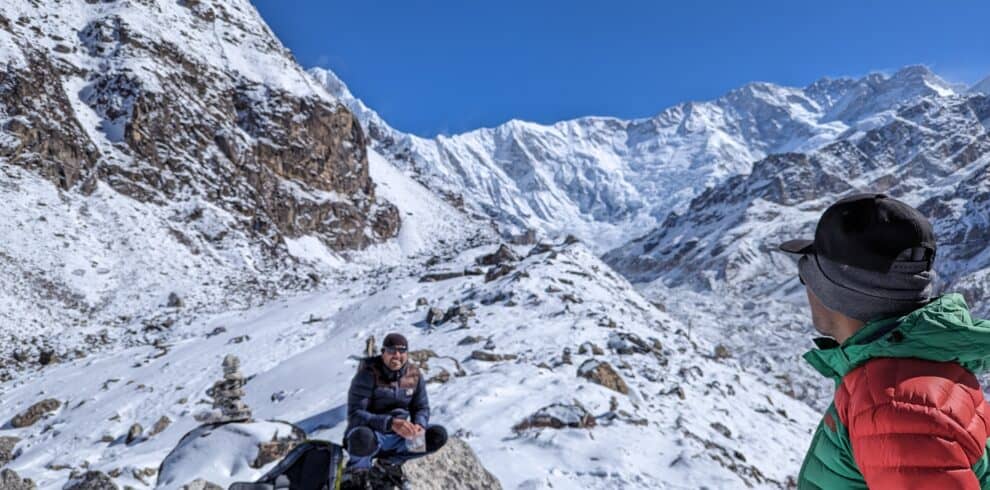
Kanchenjunga (8598m), the third highest peak in the world, undoubtedly is one of the most impressive massifs in the Himalayan range. The Kanchenjunga Circuit Short Trek refers to visiting both North and South Kanchenjunga Base Camps The Kanchenjunga Conservation Area protects the entire Kanchenjunga region. It is a prohibited location in Nepal so, to trek to Kanchenjunga, trekkers must obtain a special permit from the Nepalese government. The route is abundant in both flora and fauna. If…
Bokta Peak (6143 meters) is a growing destination for an easy peak climbing experience. It lies in the Taplejung district of the Eastern part of Nepal. Bokta peak stands very close to Mount Kanchenjunga (8586 meters) – the third highest mountain peak in the world. Bokta Peak is one of the 400 peaks that are officially open for mountaineering thrill in Nepal. This peak is open for climbing under Nepal Mountaineering Association (NMA) from 2002 onwards….
Kanchenjunga derives its name from two words from the Tibetan dialect 'Kanchen' and 'Dzonga,' which translates to “five treasures of the great snow.” It lies at the northeast border of Nepal and Sikkim in one of the remotest regions. It got the name from the five mountains making the Kanchenjunga Massif. The five peaks, namely Kanchenjunga I (8586m), Kanchenjunga West (8505m), Kanchenjunga South (8494m) and Kangbachen (7903m) made Kanchenjunga the tallest peak until the discovery of…

Kanchenjunga Circuit Trek is a thrilling trek that takes you far into the Eastern side of Nepal. You will come face to face with the third highest peak in the world, during this tough but immensely rewarding trek. You will get a mesmerizing greeting from snowy peaks like Kabru, Rathong, Jannu Himal as well as the Yalung Glacier. From the first day itself, the lush green forests and sprawling farmlands will welcome you on the trail….

Mt. Kanchenjunga (8,586m), is the third highest mountain in the world after Mount Everest and K2,It is situated in the Kanchenjunga Conservation Area which was designated as a conservation area in March 1998 and covers an area of 2035 sq km in the Taplejung district, in the north eastern corner of Nepal. The region comprises some of the most stunning scenery to be found anywhere in Nepal. It is also a global hotspot for plant biodiversity….
